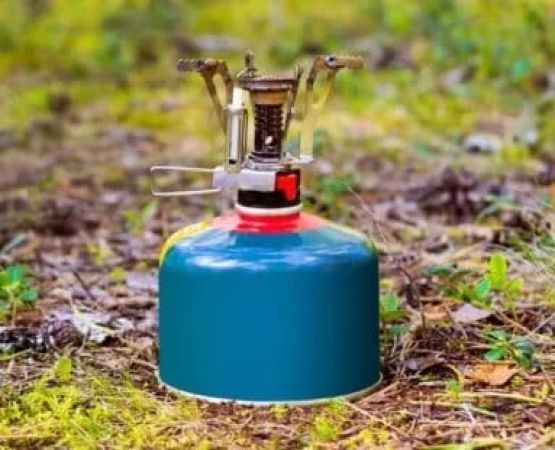First Aid Tips for Camping: How to Stay Safe and Prepared Outdoors
- Common Camping Injuries and How to Treat Them
- Building Your Essential Camping First Aid Kit
- How to Handle Emergencies While Camping
- Real-Life Camping Stories and How First Aid Saved the Day
- Preparing for Outdoor Adventures: Tips for Safety and Health
Common Camping Injuries and How to Treat Them
When you’re out in nature, accidents can happen. Whether it’s a cut, burn, or sprained ankle, knowing how to respond with basic first aid can make all the difference. Common camping injuries include:
- Cuts and Scrapes: These are some of the most frequent injuries while hiking or setting up camp. Clean the wound with clean water, apply antiseptic, and cover it with a sterile bandage to prevent infection.
- Burns: Whether from the campfire or a cooking mishap, burns can range from minor to severe. Cool the burn immediately with cool (not cold) water for at least 10 minutes, then cover it with a sterile dressing.
- Sprains and Strains: While trekking, uneven terrain or overexertion can cause muscle or ligament injuries. Apply ice to the affected area to reduce swelling and elevate the injured limb.
Being equipped to manage these injuries can prevent minor issues from becoming major setbacks on your camping trip.
Building Your Essential Camping First Aid Kit
Every camper should have a well-stocked first aid kit that is tailored to their specific needs. Here’s what to include in your camping first aid kit:
- Bandages and gauze pads
- Antiseptic wipes and ointments
- Adhesive tape and sterile gloves
- Elastic bandage (for sprains and strains)
- Burn gel or aloe vera
- Pain relievers (like ibuprofen or aspirin)
- Tweezers for splinters
- Thermometer and scissors
By packing the right supplies, you can address most common injuries and health issues on the go. It’s also a good idea to include any personal medications or items that are specific to your health needs.
How to Handle Emergencies While Camping
In more serious situations, like if someone is seriously injured or experiences a medical emergency, it’s essential to know how to react. Here’s a guide for handling emergencies:
- Severe Bleeding: If you encounter a deep cut or wound with severe bleeding, apply direct pressure with a clean cloth or bandage. Elevate the injured area if possible, and seek medical attention immediately.
- Heat Stroke or Hypothermia: Both are critical conditions often caused by extreme temperatures. If someone exhibits signs of heat stroke (like dizziness, confusion, or nausea), move them to a shaded area, hydrate them, and seek help. In case of hypothermia, warm the person gradually, and seek emergency assistance.
- Choking: If someone is choking and unable to breathe, perform the Heimlich maneuver until the object is dislodged or emergency help arrives.
Understanding how to handle these emergencies can save lives, so it’s crucial to stay calm and be prepared to act quickly.
Real-Life Camping Stories and How First Aid Saved the Day
Many campers have experienced injuries or emergencies during their trips, and knowing basic first aid has helped them avoid serious consequences. For instance, during a family camping trip in the mountains, Emily’s son fell and sprained his ankle while hiking. They quickly applied an ice pack from their first aid kit and elevated the leg, allowing him to rest and recover for the remainder of the trip. Without these first aid basics, the injury could have ruined their vacation.
In another instance, a camper at a national park suffered a mild burn from a campfire. By applying burn gel immediately, he was able to minimize the pain and prevent further damage, allowing him to enjoy the rest of his outdoor experience.
Preparing for Outdoor Adventures: Tips for Safety and Health
While knowing first aid is essential, preparation is key to preventing injuries before they happen. Here are a few tips to stay safe on your next camping adventure:
- Plan Your Trip: Know the terrain and weather conditions to avoid risky situations.
- Dress Appropriately: Wear suitable clothing for outdoor activities, including sturdy shoes, protective clothing, and sun protection.
- Stay Hydrated: Always carry enough water and make sure you are drinking regularly, especially in hot climates.
Proper preparation and staying mindful of safety can go a long way in ensuring a smooth, enjoyable trip. And with the right first aid knowledge, you’ll feel confident no matter what comes your way.






